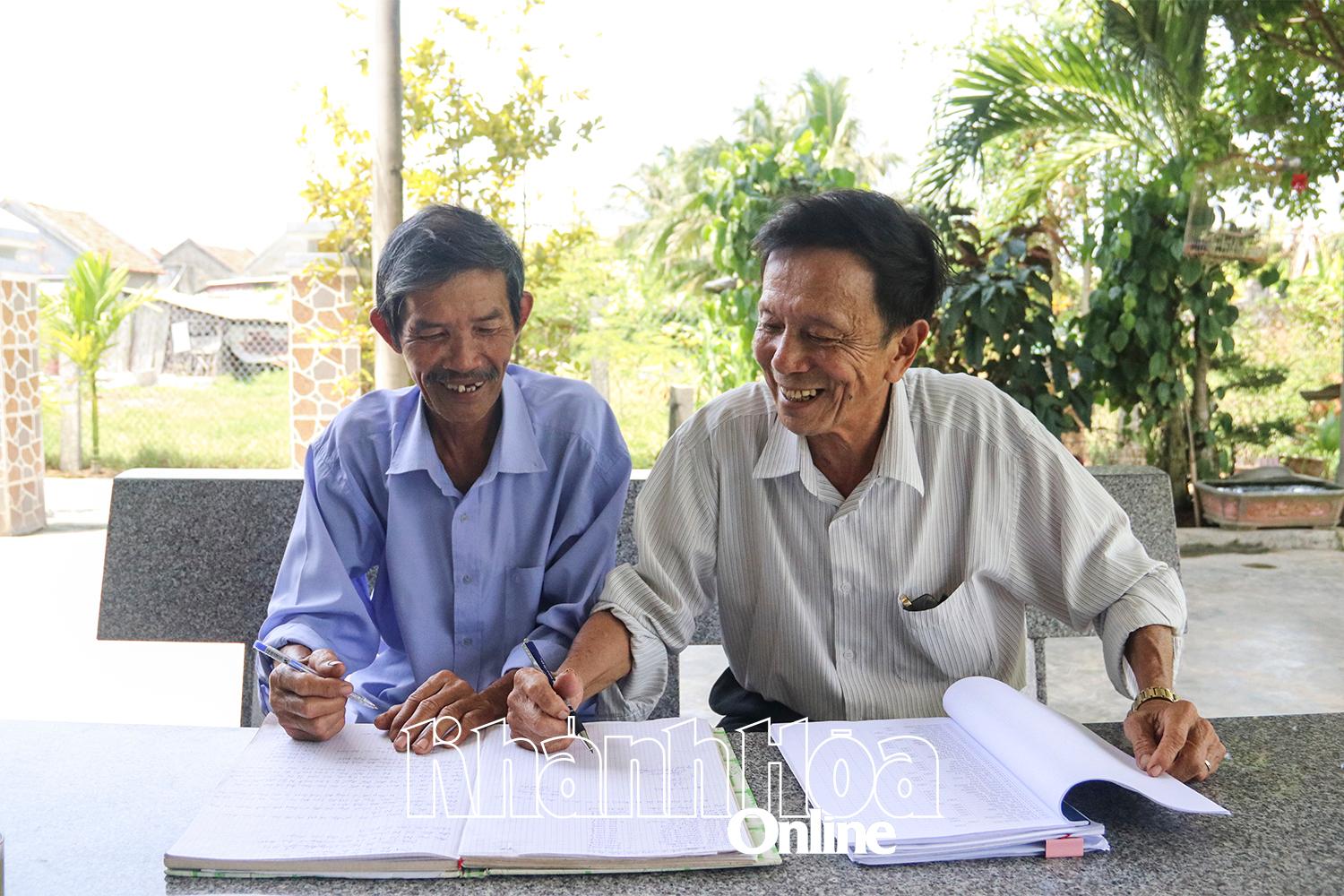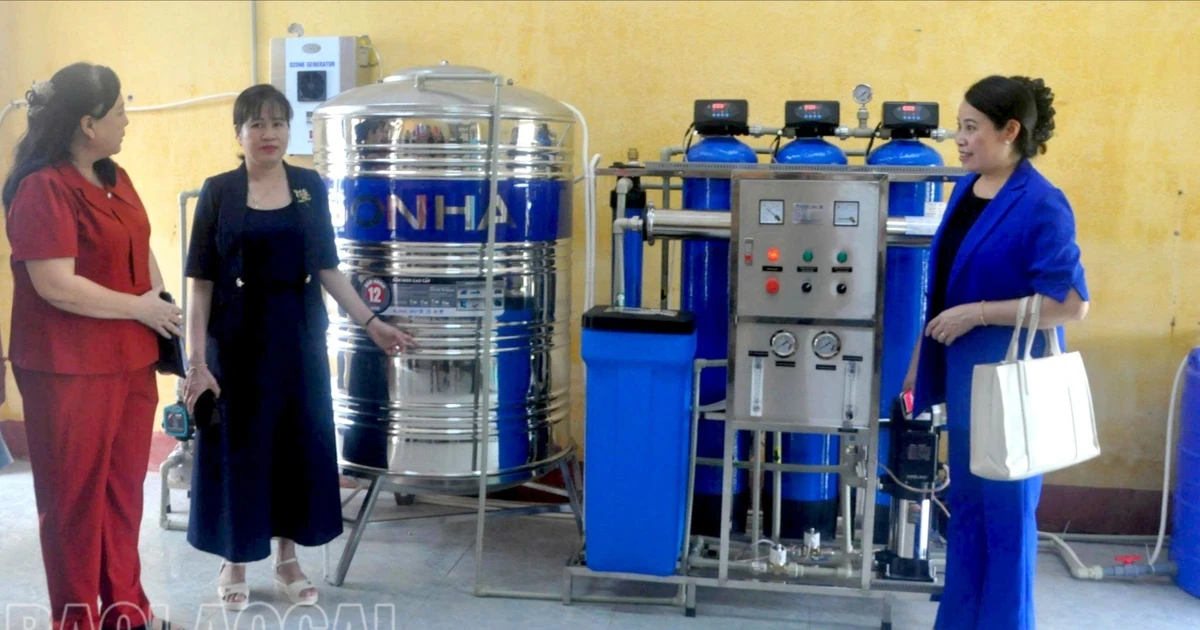The Ministry of Education and Training has just issued a document providing guidance on the recruitment and use of teachers after implementing the two-level local government model.
Regarding the implementation of zoning to calculate teacher quotas according to the provisions of Clause 1, Article 3 of Circular No. 20/2023/TT-BGDDT after implementing the arrangement of commune-level administrative units, the Ministry of Education and Training notes: educational institutions in communes and wards after the merger continue to apply the method of calculating teacher quotas by region as before the arrangement until there are new instructions.

The Ministry of Education and Training instructs to continue calculating teacher quotas by region as before the apparatus arrangement.
PHOTO: BN
Regarding the implementation of the student/class quota in primary and secondary schools in special cases where the number of students/class must be lower or higher than the average level prescribed by the region, the Provincial People's Committee shall decide on the number of students/class quota appropriate to reality.
Regarding the implementation process, the Ministry of Education and Training requires that based on the current conditions (facilities, staff, etc.), principals of educational institutions calculate and propose to the People's Committees at the commune level the number of students per class; the People's Committees at the commune level consider and report to the Department of Education and Training so that the Department can submit to the Chairman of the Provincial People's Committee specific regulations on the number of students lower than or exceeding the maximum ceiling prescribed in accordance with the actual situation of each educational institution in the area to resolve special situations arising during the implementation of Circular 20.
Circular 20 issued in 2023 by the Minister of Education and Training provides guidance on job positions, staff structure by professional title and quotas for the number of people working in general education institutions and public specialized schools divided into 3 regions to calculate teacher quotas.
Specifically, in Article 3 of the Circular, the regulations on dividing regions to calculate teacher quotas are as follows:
Region 1 : Communes in region II and region III according to current regulations in ethnic minority and mountainous areas; communes with special difficulties in coastal areas; communes with special socio -economic difficulties; island communes, border communes, and safe zone communes according to Government regulations;
Region 2 : Communes in region I (except wards and towns) according to current regulations belong to ethnic minority and mountainous areas;
Region 3 : Wards and towns in region I according to current regulations in ethnic minority and mountainous areas and the remaining communes, wards and towns.
The number of students/class by region as a basis for assigning or approving the number of teachers and employees in general education institutions is as follows:
Region 1: Average 25 students/class for primary school; average 35 students/class for middle school and high school; Region 2: Average 30 students/class for primary school; average 40 students/class for middle school and high school; Region 3: Average 35 students/class for primary school; average 45 students/class for middle school and high school;
At the time of issuing the above circular, the Ministry of Education and Training required that the number of students per class be determined specifically for each educational institution, not determined by administrative units at the commune, district, or provincial levels.
Based on the regional division regulations, the Provincial People's Committee directs specialized agencies to determine commune-level units in each region as the basis for calculating teacher quotas for general education institutions.
This guidance document from the Ministry of Education and Training is expected to help localities overcome difficulties and prepare staff for the new school year.
Source: https://thanhnien.vn/tiep-tuc-tinh-dinh-muc-giao-vien-theo-vung-nhu-truoc-khi-sap-xep-185250819092507314.htm























![[Photo] An Phu intersection project connecting Ho Chi Minh City-Long Thanh-Dau Giay expressway behind schedule](https://vstatic.vietnam.vn/vietnam/resource/IMAGE/2025/8/21/1ad80e9dd8944150bb72e6c49ecc7e08)






































![[Photo] Politburo works with the Standing Committee of Hanoi Party Committee and Ho Chi Minh City Party Committee](https://vstatic.vietnam.vn/vietnam/resource/IMAGE/2025/8/21/4f3460337a6045e7847d50d38704355d)
































Comment (0)